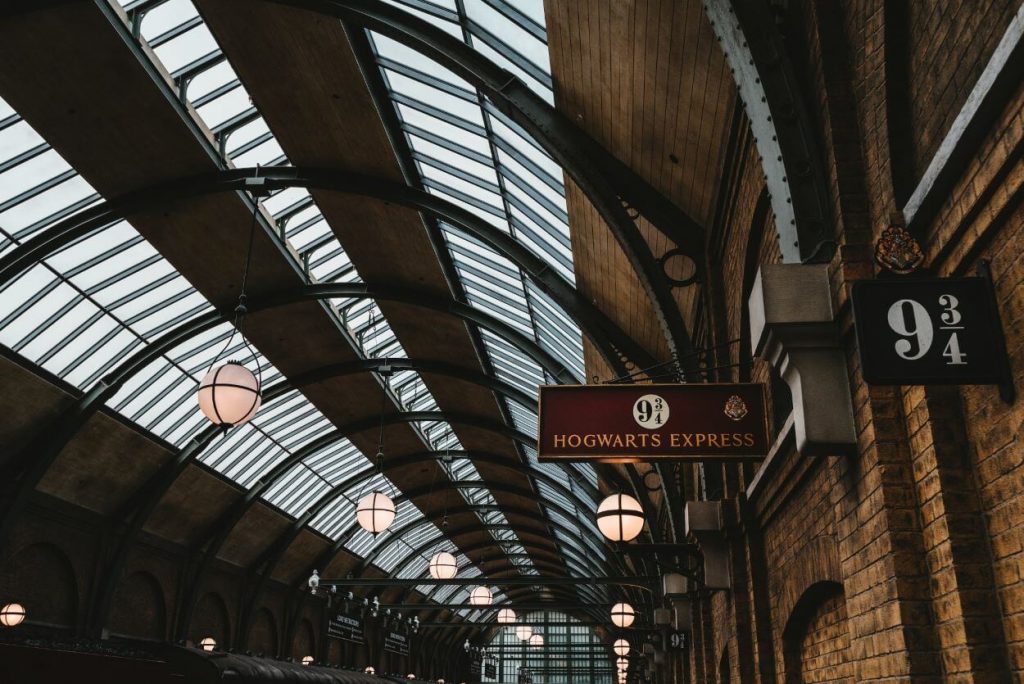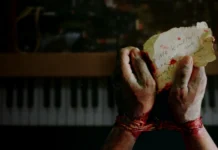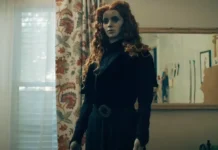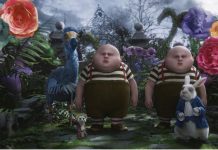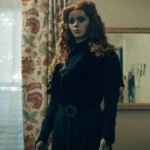Think you know Harry Potter like the back of your spellbook? Don’t be so quick to don your Sorting Hat! While you may have followed The Boy Who Lived through every nook and cranny of Hogwarts, there remain veiled truths that even ardent Potterheads overlook. So, refill that goblet of pumpkin juice and ready your wand; we’re about to delve into a more enigmatic realm of the beloved sorcery film series.
1. Who Could Have Been Harry Potter
It’s difficult to imagine anyone other than Daniel Radcliffe in the role of Harry Potter, but did you know he wasn’t the only choice? Initially, actors like Liam Aiken were considered for the iconic part. However, Aiken, who is American, was passed over in favor of a British actor to keep the cast authentically British. Daniel Radcliffe eventually won the role, bringing his own unique blend of vulnerability and courage to the character, thus redefining a generation’s concept of the young wizard.
2. The Hidden Symbolism Behind the Number Seven
In the Harry Potter universe, the number seven is more than a recurring motif. Seven Horcruxes, seven books, seven years at Hogwarts—it’s a number imbued with layers of mythological and spiritual meaning. Across diverse cultures, the number seven symbolizes divine perfection and completion. In the context of Harry Potter, it acts as a subtle undercurrent, enhancing the depth and complexity of the story.
3. Why the Dementors Were Created
For many, the dark, haunting figures of Dementors serve as embodiments of fear and despair. But did you know that J.K. Rowling conceptualized them during a period of intense personal hardship? They’re not just eerie villains; they’re mirrors reflecting the mental anguish that can plague us all. Born from Rowling’s struggle with depression, Dementors give a tangible form to abstract emotional states, adding a human touch to the magical world.
4. The Box Office Wizardry
The Harry Potter films are not just cinematic landmarks; they’re also case studies of how movies make money. The series has grossed over $7.7 billion worldwide, making it one of the highest-grossing franchises of all time. Licensing deals, merchandising, and syndication rights have turned the series into an empire of its own. From themed shoes for Potterheads to limited-edition wands, collectible action figures, and even a theme park, the franchise leverages multiple avenues to maximize revenue and keep the magic alive for fans of all ages.
5. The Most Expensive Harry Potter Film
While it’s good to know how movies make money, it’s also a delight to understand how they spend. “Harry Potter and the Half-Blood Prince” stands out not just for its pivotal plot developments but also for its staggering budget. Produced on an estimated budget of $250 million, it ranks as the most expensive movie in the franchise. The hefty budget was spent on visual effects, star salaries, and complex sets, all aiming to do justice to the intricate and dark storyline.
6. Latin Roots of Spells and Incantations
If you’ve ever murmured “Wingardium Leviosa” and wondered why it sounds so sophisticated, it’s because many spells in the Harry Potter universe borrow from Latin. This classical language lends an air of antiquity and scholarly rigor to the magical arts. For instance, “Expecto Patronum” translates to “I await a guardian,” imbuing the spell with meaningful depth beyond its surface utility.
7. The Inspiration for Platform 9 3/4
Many fans know Platform 9 3/4 as the enchanted gateway to Hogwarts, but did you know its inspiration came from a blend of real-life locations? J.K. Rowling has mentioned that the idea for the platform came from her experiences with train stations in Manchester and London. Interestingly, the concept is not wholly fantastical; stations like King’s Cross actually have tracks positioned between 9 and 10, although they’re not hidden behind a magical barrier!
8. Rowling’s Subtle Tributes to Real-Life Figures
J.K. Rowling’s wizarding world isn’t completely detached from our Muggle reality. Names like Nicolas Flamel and Merlin have historical and mythical origins. Nicolas Flamel was a real 14th-century alchemist believed to have discovered the Philosopher’s Stone. By incorporating these figures, Rowling blurs the line between fiction and history, adding another layer of intrigue and complexity to her storytelling.
9. An Ode to Home Alone
Harry Potter fans with a keen eye for detail may have noticed a subtle homage to the classic film Home Alone in “Harry Potter and the Philosopher’s Stone.” When Harry releases the snake from its enclosure, the young boy trapped inside the exhibit bangs on the glass in a manner eerily similar to how Kevin McCallister interacts with the furnace in Home Alone. Both films share Chris Columbus as a director, making this a delightful Easter egg for aficionados of his work.
10. Characters Who Defied Adaptation
Die-hard fans often lament the absence of Peeves the Poltergeist from the movies, a character that adds a mischievous layer to Hogwarts in the books. Peeves was indeed slated to appear and was even cast, but ultimately got cut due to pacing and focus. Meanwhile, keen observers of the Harry Potter movies might have spotted an interesting character known as “The Ginger Witch” featured in the “Daily Prophet” newspaper. While she never appears in the J.K. Rowling books, this character captures attention in several newspaper clippings for her various misadventures.


